22 June 1778 Monday
"And, just so we're all of the same understanding, this work is absolutely no one else's business!"
"You always say that."
"Well, again, just so we're all of the same understanding, this time I mean it. Clear?"
"Clear."
1789
Descrizione dei circhi, particolarmente di quello di Caracalla e dei giochi in esso celebrati
Description of circuses, particularly that of Caracalla and the divine games celebrated in it

On the contrary, the reasons which can make the opinion which attributes this Circus to Caracalla more probable are in number and weight. We know from Dione (c), and from Herodian (d), the excessive enthusiasm he had for circus shows, and the very large sums he lavished on them. Dione also says (e), that wherever he wintered outside Rome, an amphitheater and a circus had to be prepared for him at public expense, which were destroyed when he left. This is perhaps the reason why we see many of his medals with the Circus, mostly different, on the reverse (f); in which, moreover, we have not been able to trace any, which clearly represents what is in question; although Fulvio (g) believed he found it there, refuted therefore by Panvinio (h), and by Oiselio (i), and supported with little foundation by Angeloni (k). Now, given such great fanaticism in a sovereign so fond of building, so capricious and violent, will it ever be improbable that he himself had one erected in Rome at his own expense, and that it bore his name? The place for this was very opportune; because beyond the convenience of the situation (a), it remained in the line of its other buildings, that is, the baths, and other buildings around it. It was the custom of the emperors to make all their buildings in a specific place, as can be seen mainly from those raised by Vespasian and Titus. Sparziano confirms this of Caracalla (b), by naming the baths among others, which he praises as excellent; adding, that he arranged a street along them, and made it one of the most beautiful.
The paintings, which are still preserved in the Circus (c), and the found pieces of marble (d) may be valid for a second test; some of which by the experts, who with us have considered them together with the paintings, do not want to be posterior to the time of Caracalla. Bear in mind the reasoned disposition of its prisons (e), and it will be understood, that it is worthy of the good architects of that emperor. The obelisk, which adorned it, and which can now be admired in Piazza Navona, was able to be sent by Caracalla himself from Egypt when he was in Alexandria, and he made that horrible massacre of the inhabitants (f); since he had had many beautiful statues removed from Greece to embellish his mentioned baths (g).
The third very strong proof is that in the factories that adjoin us the statue of him and that of his mother Julia were excavated at the beginning of this century, which were subsequently bought by Abrantes, ambassador of the Crown of Portugal, and were transported there; and there were also some medals by him with the figure of the Circus on the reverse, as Ficoroni attests (h).
32 y.o. Francesco Piranesi 1 August 1790
Raccolta de'Tempj antichi, Vol. II.
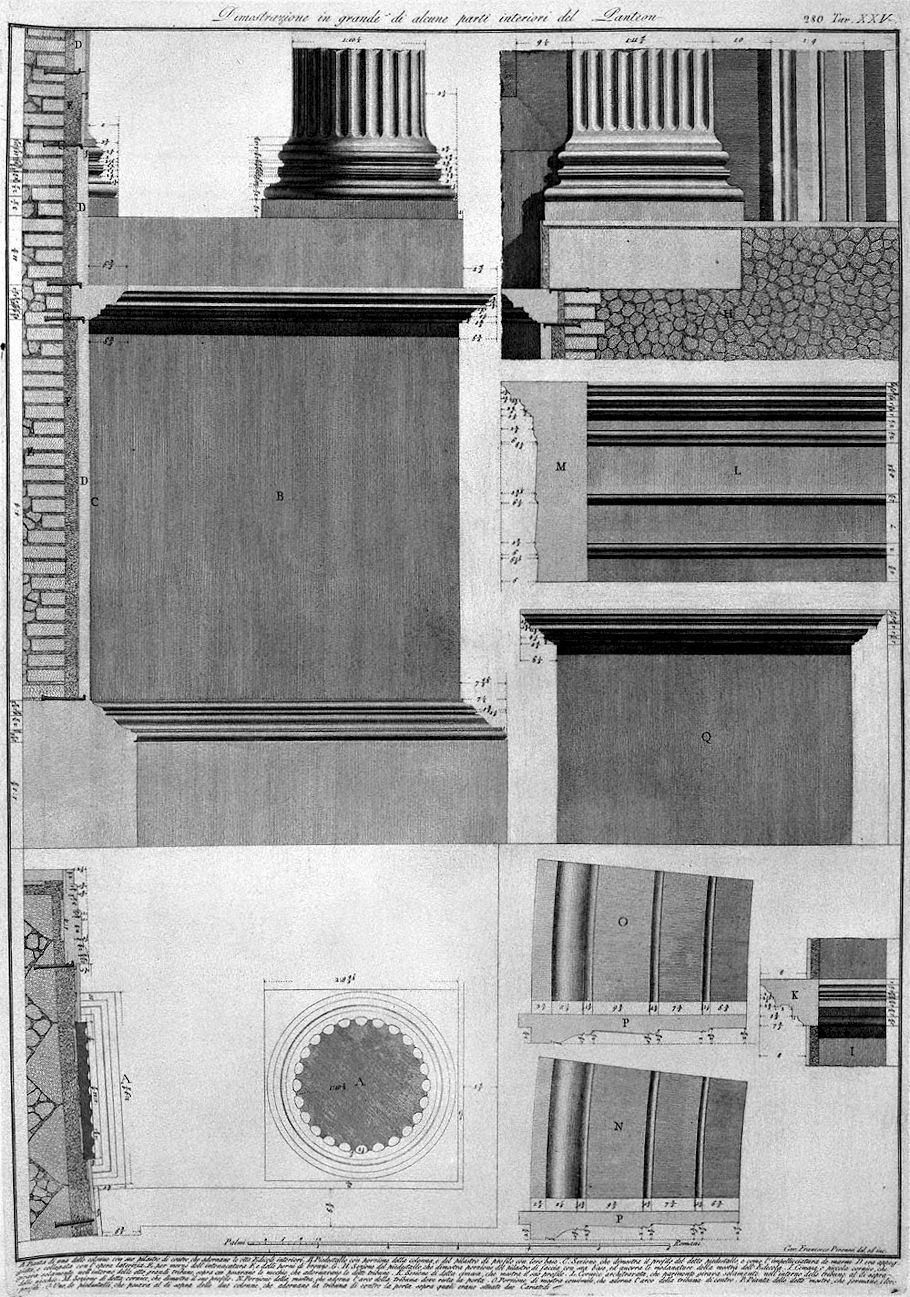
Large demonstration of some internal parts of the Pantheon
A. Plan of one of the columns with its pillar opposite, which adorn the eight interior Aedicules. B. Pedestal with portion of the column, and of the pillar in profile with their base. C. Section, showing the profile of said pedestal, and like the veneering of the marbles. D. was supported, and connected with the brick work. E. by means of plastering F; and bronze pins. G. H. Section of the pedestal, which shows the portion of the front pillar with its base, and again the moldings of the Aedicule exhibition. I. Cimasa or small frame, which circled only inside the eight large tribunes, above which rested the niches, which adorned the said tribunes. K. Section of said coping, showing its profile. L. Architrave frame, which likewise turned only inside the galleries above the niches. M. Section of said cornice, demonstrating its profile. N. Portion of the exhibit, which adorns the tribune arch where the door remains. O. Portion of a similar display, which adorns the arch of the opposite gallery. P. Plan of the said exhibitions, forming their profiles. Q. One, of the pedestals, which rested above the two columns, which adorn the tribune opposite the door, above which were placed two Caryatids
Cav. Francesco Piranesi drawn and engraved
22 June 1812 Monday

Morning cloudy, wind S, temperature 64°. I have notice to meet the referees in town at 4 this afternoon. At 7 it began to rain and the wind is drawing to the E. The rain .... as we rode to town and the wind got round to WNerly. A very fair[?] afternoon, met the arbitrator.
22 June 2014
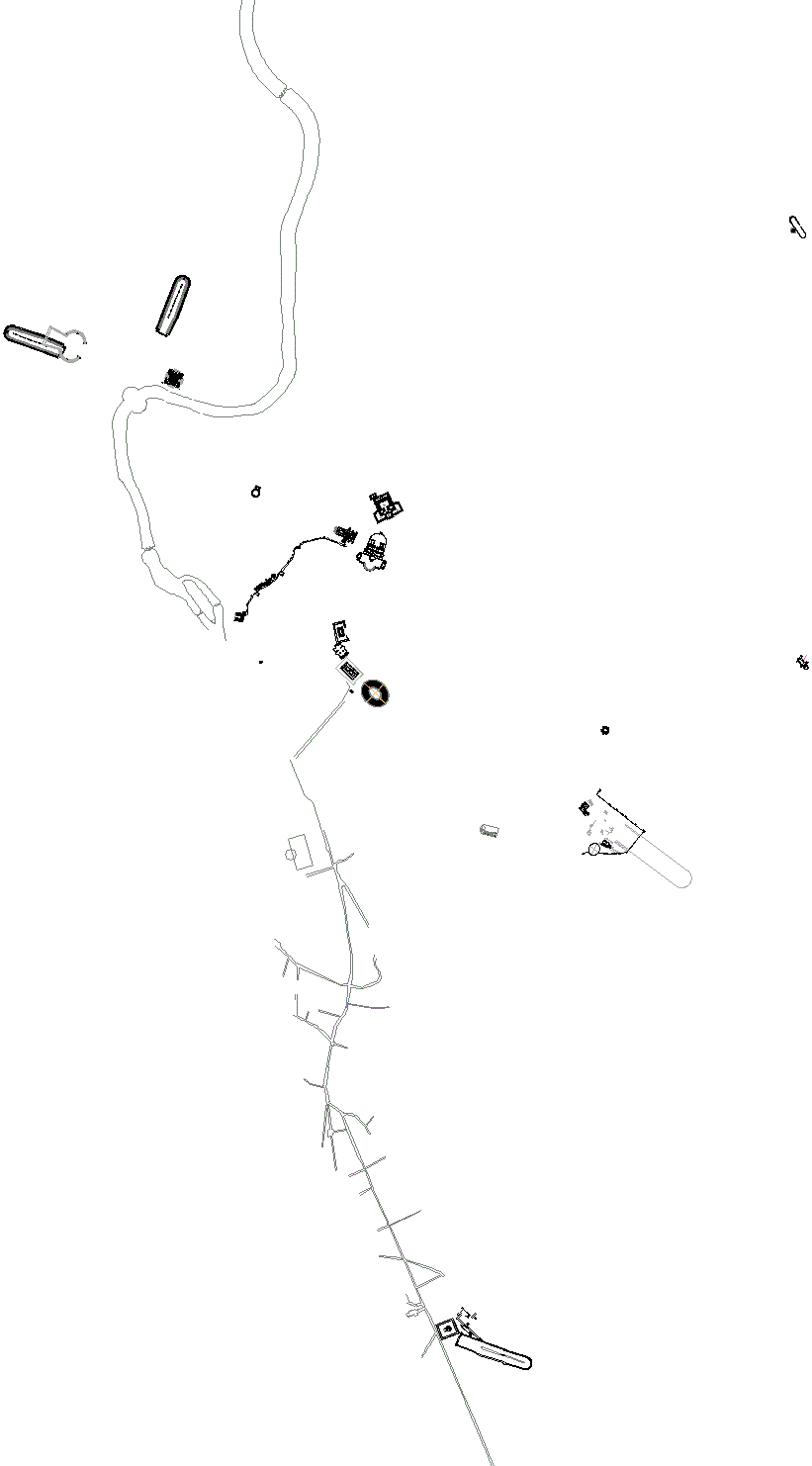
psa/cri composite plans in situ plus via Appia raw Basilica of Maxentius/Constantine and Basilica Sessorianum moved to align with the Canina map
22 June 2015
Five senses
Consider the very real possibility that touch is the first sense to have developed, and how the rest of the senses--seeing, hearing, smelling, tasting--are all very refined specializations of touch. It's all touch, even to the point of any stimulus ultimately 'touching' the brain.
22 June 2020
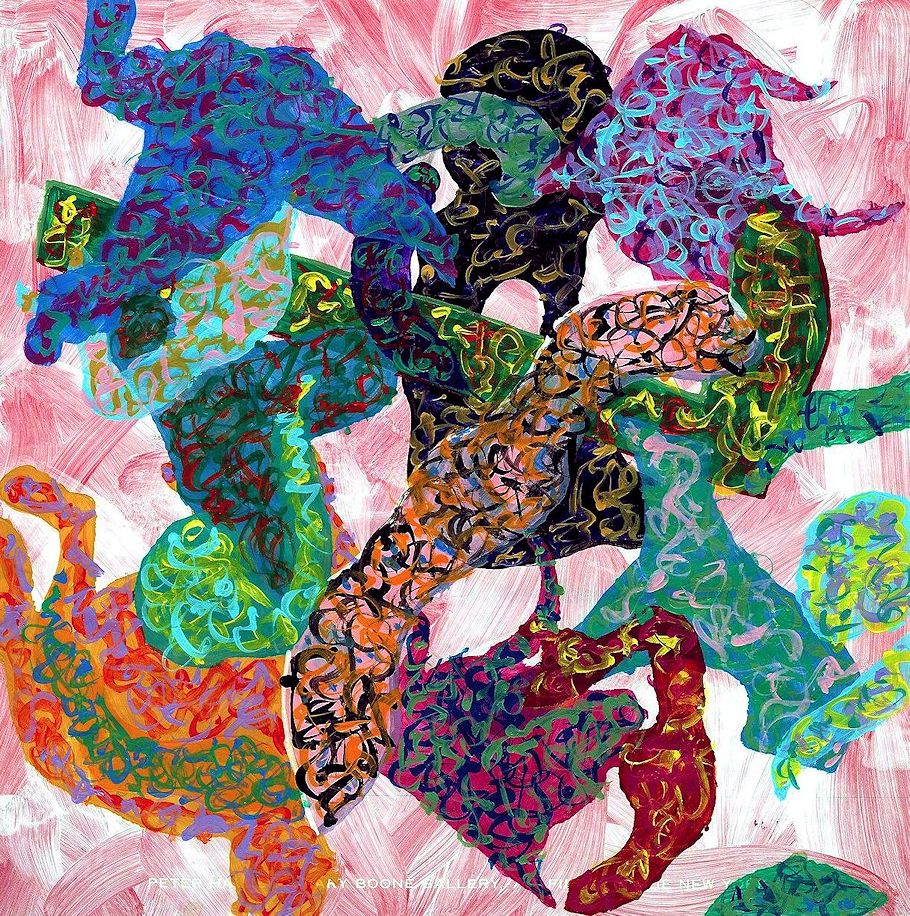
Mary Boone's 180 hours of community service hours 114 115
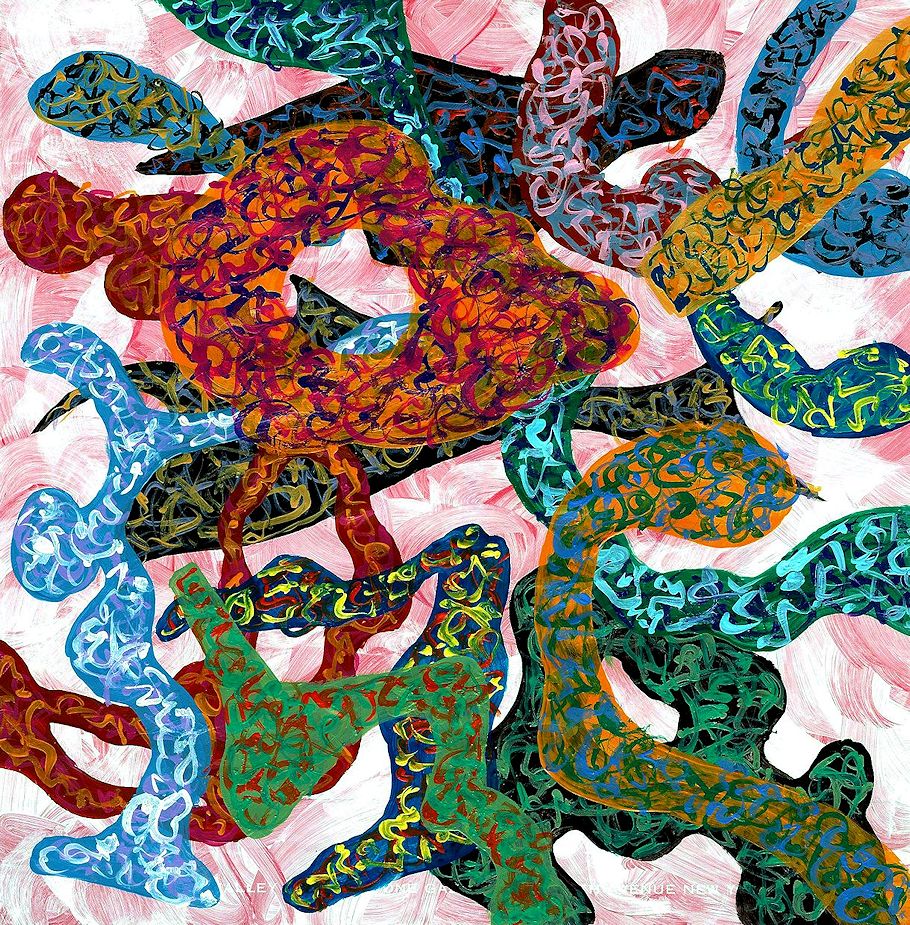
Mary Boone's 180 hours of community service hours 116 117
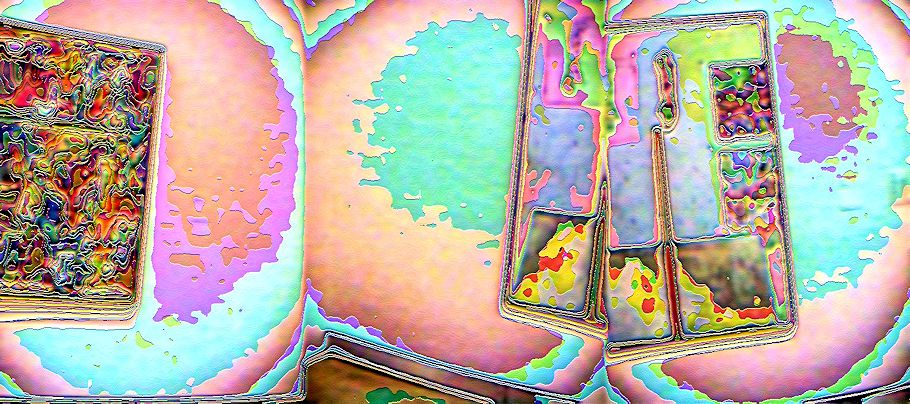
Virtual Painting 546
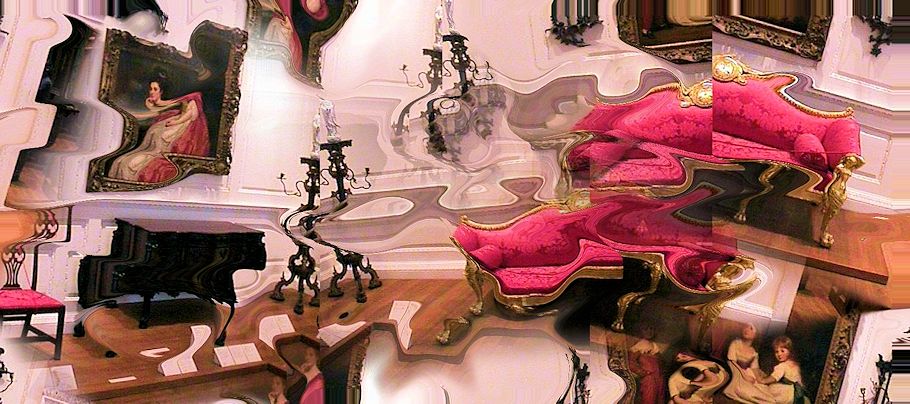
Virtual Painting 548
22 June 2023 Thursday
...it's time to legitimately add to Bianconi's Historical Praise of the Knight Giovanni Battista Piranesi Famous Antiques Dealer and Engraver of Rome. As Middleton put it, something "sharp, not altogether accurate [sic] and surprisingly irreverent . . . worth reading." Yet also keeping in mind Bevilacqua's insights:
At Piranesi's death in 1778, the Elogio storico del cavaliere Giovanni Battista Piranesi, celebre antiquario ed incisore di Roma, published by Giovanni Ludovico Bianconi, was immediately recognized as a polemical, partial text, aimed at discrediting the artist and his work. Bianconi's technique was subtle. By carefully choosing his words, he inserted his judgements often imperceptibly into a biography that must be acknowledged as substantially correct. The work offers a wealth of circumstances and detailed, verifiable episodes, in which, however, there are judgments that strongly limit its value. The systematic alteration of the facts of the period of the artists youth indicates a forced reconstruction, instrumental in discrediting the whole of the artist's maturity and, above all, his entire theoretical production.
Mario Belivacqua, "The Young Piranesi: The Itineraries of His Formation" in The Serpent and the Stylus: Essays on G. B. Piranesi (2006), p. 13.
Saremmo felici di rendere giustizia agli studi di Piranesi sul Circo di Caracalla, perché non c'è più mistero.
We would be happy to do justice to Piranesi's studies of the Circus of Caracalla, because there is no more mystery.
Bianconi "had conceived a beautiful and very vast project of engraving in copper, and illustrating with his observations, all the most preserved ancient monuments, which can still be seen today along the Via Appia, which was most decorated with grandiose sepulchres, temples, and of other public buildings . . .
Among these public buildings . . . was the Circus of Caracalla, not far from the church of S. Sebastiano. Bianconi, from 1772 on, carried out research, gathering eruditions, and writing reflections, which he believed to be new and more important; and at the same time he sent an architect to the place to make the drawings of the building, which he also had engraved in copper. But whether it was through ignorance or fraud by the artist, who served several masters at the same time, it was later found that the drawings were incorrect in such a way that it behooved the author to have them redone in part by another architect, and to engrave again.
At the same time, Piranesi divulged a Circus of Caracalla plan, drawn by that same mercenary who worked so sincerely for Bianconi, all done in Piranesi's taste, that is to say, full of dreams, and of enormous blunders, fruit either of malice, or of crass ignorance, or of lightheadedness."
Two entries from Sir Roger Newdigate's 1775 diary are about Piranesi and "his plan of the Circus of Caracalla." On March 8 Piranesi brought his plan of the Circus of Caracalla to Newdigate's home in Rome and "explained it." On March 10 Newdigate went to Piranesi's workshop where Piranesi "lent his plan of Circus of Caracalla," and then Newdigate went to the circus site on the Via Appia where he "saw the Temple & Portico and examined the circus till past 4."
Piranesi had been aware of the circus along the Appian Way since at least 1744. The first view by Piranesi featured within Varie vedute di Roma antica e moderns disegnate e intagliate da celebri autori (1745-50) is of S. Sebastiano fuori le Mura, which is right across the street from the Circus of Caracalla. Since about that time, Piranesi also thought it strange that Vitruvius had nothing to say about ancient Roman circuses.
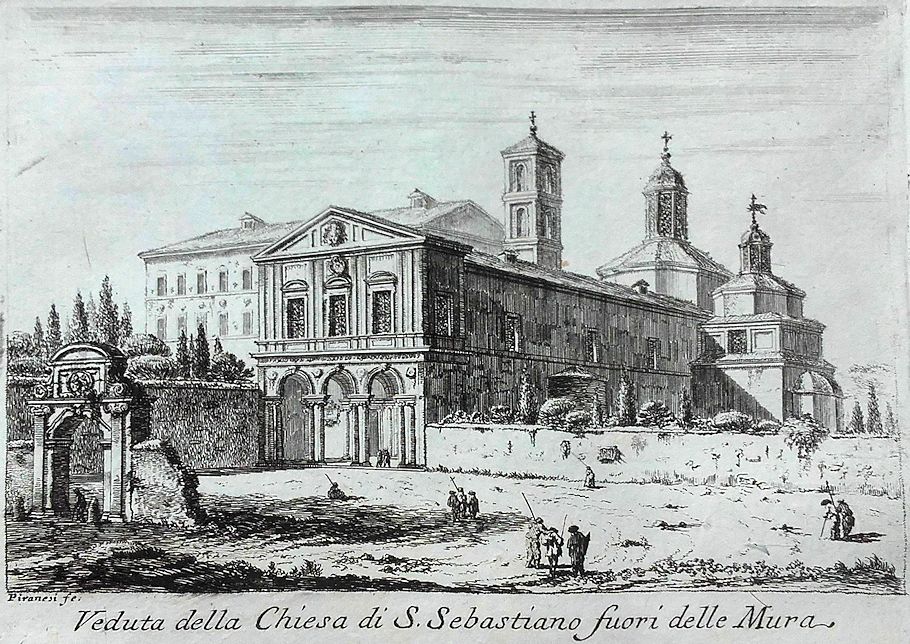
Circa thirty years later, Piranesi:
"The Circus of Caracalla being the best preserved, we will give the geometric and perspective details, the various restorations, the bleachers, the enclosure around which the chariot race took place, the boxes intended for the magistrates and the emperors. (The latter often took pleasure in racing themselves, driving a quadriga, four-horse chariot); the enclosure from which the chariots left. Besides the ornaments, etc., the bas-reliefs will also be mentioned, in order to make known more positively the uses and the manners adopted for the race. Curious and interesting work."
And thirty-five years later, Bianconi:
"Piranesi was also doing some research lately on the ruins of the circus said of Caracalla, which can be seen two miles outside the Capena gate, ruins so much more worthy of publicity, since this circus is the only one we know in all the world over, of which sufficient vestiges remain to give us an idea of the circus architecture scene more composed than what has hitherto been believed. Strange thing, Vitruvius does not mention circuses. Having some lover of the arts ancient ones and our acquaintance also made tireless researches on these ruins, we would be happy to do justice to Piranesi's studies here, if of these there had not been a mystery."
Piranesi was most protective of his latest Circus of Caracalla work, clearly, and perhaps especially with regard to Bianconi.
|